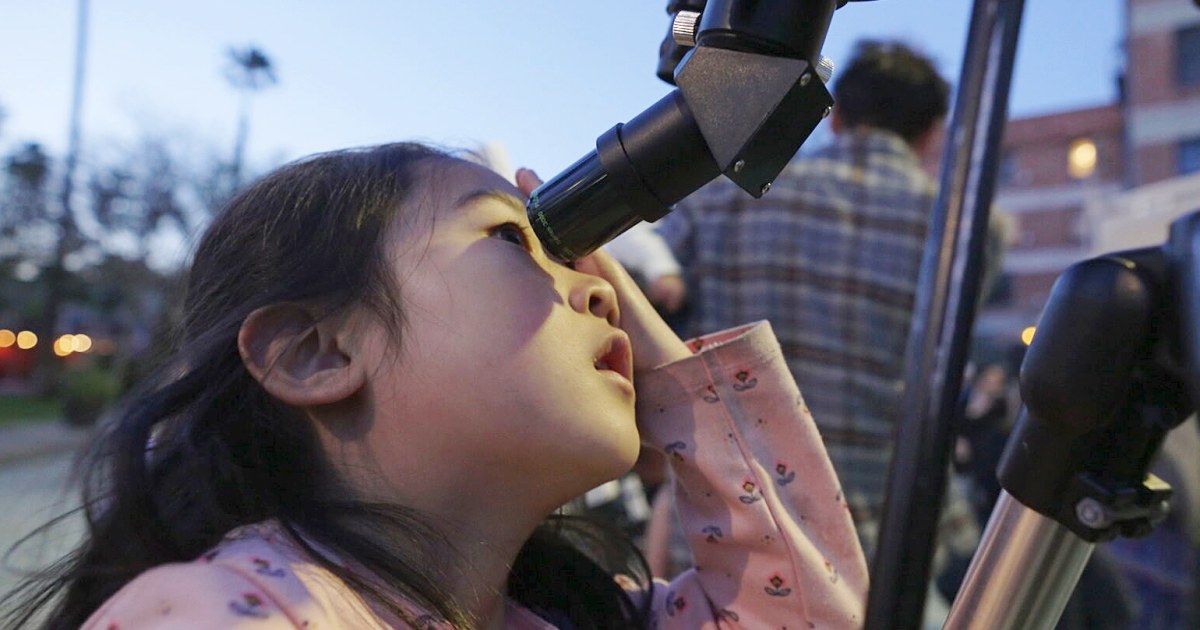
Energy Levels
In space and astronautical engineering, energy levels refer to the quantized energy states of particles, atoms, or molecules in a system. These energy levels are important in understanding the behavior of matter and radiation in space, as well as in the design and operation of spacecraft and other space technologies. The energy levels of particles can be affected by various factors, such as temperature, pressure, and electromagnetic fields. In addition, the energy levels of atoms and molecules can be used to identify the composition of space environments, such as the atmosphere of a planet or the interstellar medium. Energy level transitions can also produce or absorb radiation, which can be detected and analyzed to gain information about the properties of space objects and phenomena.
Your Previous Searches
Random Picks
- Cooling Systems: Cooling systems in space and astronautical engineering refer to the various methods and technologies used to regulate and maintain temperatures within spacecraft, satellites, and other space vehicles. These systems are critical for ensuring ... Read More >>
- Astronomical Observations: Astronomical observations refer to the collection of data and measurements of celestial objects and phenomena using various instruments and techniques. These observations can be made from ground-based observatories, airborne observatories, ... Read More >>
- Non-biological Contamination: Non-biological contamination refers to the presence of unwanted substances or particles in a spacecraft or space environment that are not of biological origin. These contaminants can include dust, gases, liquids, and other materials that ca ... Read More >>
Top News

Easter's date remains divisive. Some church leaders want that to change...
Eastern and Western churches will celebrate Easter on the same day this year, while marking 1,700 years since the Council of Nicaea unified Christian doctrine...
News Source: ABC News on 2025-04-19

In a city of stars, Los Angeles astronomy club makes sure to keep looking up...
LOS ANGELES — While Los Angeles is home to the biggest stars in the world, a monthly get-together is proving that the city’s rich and famous have nothing on the universe....
News Source: NBC News on 2025-04-18

This week on "Sunday Morning" (April 20)...
A look at the features for this week's broadcast of the Emmy-winning program, hosted by Jane Pauley....
News Source: CBS News on 2025-04-17

Scientists detect strongest hints yet of life on a distant planet...
Scientists have detected unique chemical patterns similar to those produced by the Earth's algae and seaweed — raising the possibility of the presence of a warm ocean, perhaps teeming with life, on ...
News Source: NBC News on 2025-04-17

Is there life on another planet? Scientists find the strongest evidence yet...
Near a planet far, far away astronomers have found traces of chemicals that on Earth are only produced by living beings....
News Source: Al Jazeera English on 2025-04-17